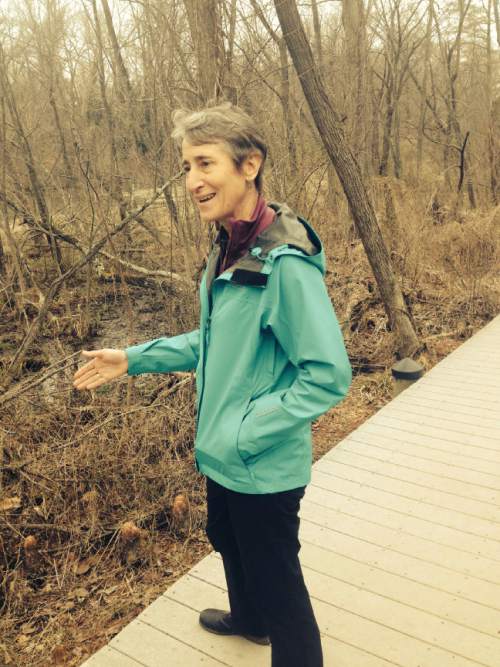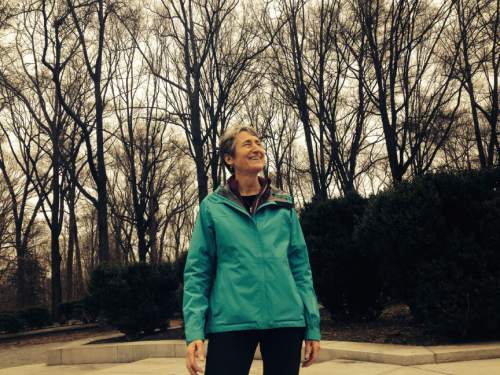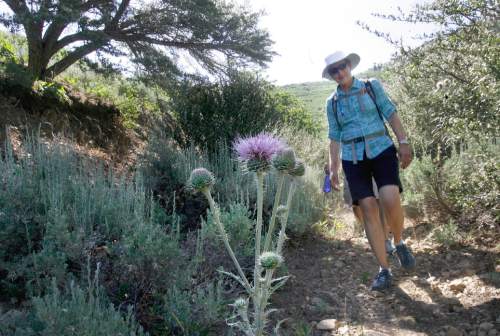This is an archived article that was published on sltrib.com in 2016, and information in the article may be outdated. It is provided only for personal research purposes and may not be reprinted.
Washington • Rep. Rob Bishop plans to unveil long-awaited legislation this week to preserve some areas of the Bears Ears region in southeastern Utah just ahead of a visit by Interior Secretary Sally Jewell.
Bishop also plans to fast-track his much-anticipated Public Lands Initiative (PLI) — which critics worry won't go far enough to protect Bears Ears — by holding hearings in August and September and put it before the House by the end of the latter month.
The Utah Republican — joined by Utah's senators, Mike Lee and Orrin Hatch, and Rep. Jason Chaffetz — hopes the measure will blunt any attempt by President Barack Obama's administration to use the 1908 Antiquities Act to unilaterally create a national monument as several tribal leaders have called to safeguard nearly 2 million acres.
"As we have repeatedly stated, legislation ensures local participation and guarantees a balanced product," the four Utah members of Congress wrote Friday to Jewell. "The [Utah federal] delegation, local elected officials and many local tribal organizations remain unified in our opposition to the unilateral use of the Antiquities Act in Utah."
Jewell's July 16 visit, which will include a public meeting in the Bears Ears area, is aimed at allowing the secretary to hear the various proposals, including the PLI and a push for a national monument, and see the area in person, her spokeswoman, Jessica Kershaw, said Friday.
The meeting shouldn't be read as the administration ramping up any move to name a monument, Kershaw cautioned. A visit by the interior secretary to an area under consideration for a monument had previewed action by Obama in recent years, but Kershaw said this Utah trip will be a listening tour.
"This is an opportunity to hear form the community from a variety of stakeholders — land managers, representatives, local officials — about their concerns and desires to protect places that hold special meaning to them," Kershaw said. "It is not an indication of an imminent monument decision."
Bishop has been working on the PLI for years, saying at the start he wanted to bring together all the parties — from environmentalists to oil and gas leaders to local officials and residents — to find a solution to preserving areas that need protection and opening up other mineral-rich spots for development.
He released a draft plan in January, though several conservation groups said it didn't go far enough and offered too much for development. Utah's members of Congress noted in their letter to Jewell that they appreciated suggested changes to the draft PLI from the administration as well as nongovernmental organizations.
Several tribal leaders have withdrawn from Bishop's effort and said they supported Obama naming a new monument. The president, who has designated several monuments during his seven years in office, has said he will move to preserve areas that are in need, though he has not publicly mentioned the Utah area.
Josh Ewing, executive director of Friends of Cedar Mesa, which seeks to set aside the Bears Ears area, said his group is excited to see the legislation. It is an important step to inform the debate about what should be preserved, he said, and whether it should be through congressional or presidential action.
Ewing added that he does not expect any monument designation to be forthcoming while the Utah delegation pursues a legislative solution.
"I hope that [Jewell's] visit signals the administration's serious consideration for considering a monument if the Public Lands Initiative can't protect this area," Ewing said. "I do not think a monument is imminent. I think they are going to allow the Public Lands Initiative to succeed or fail."







